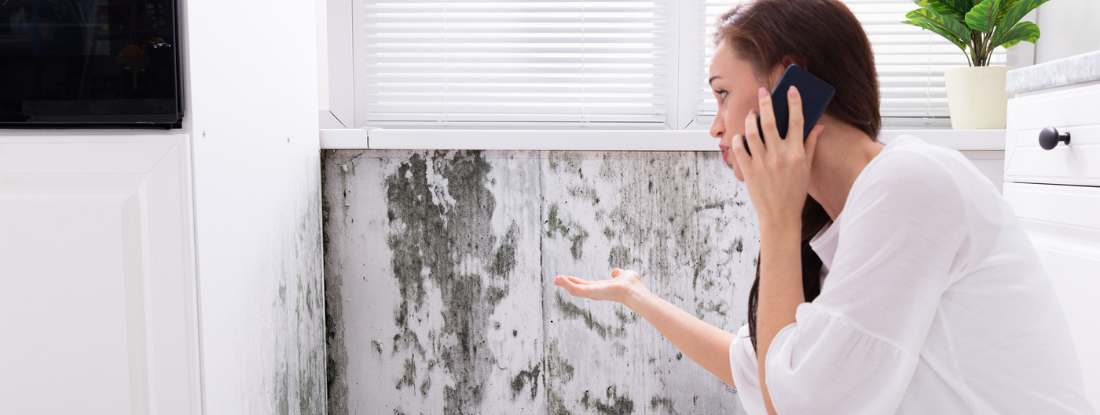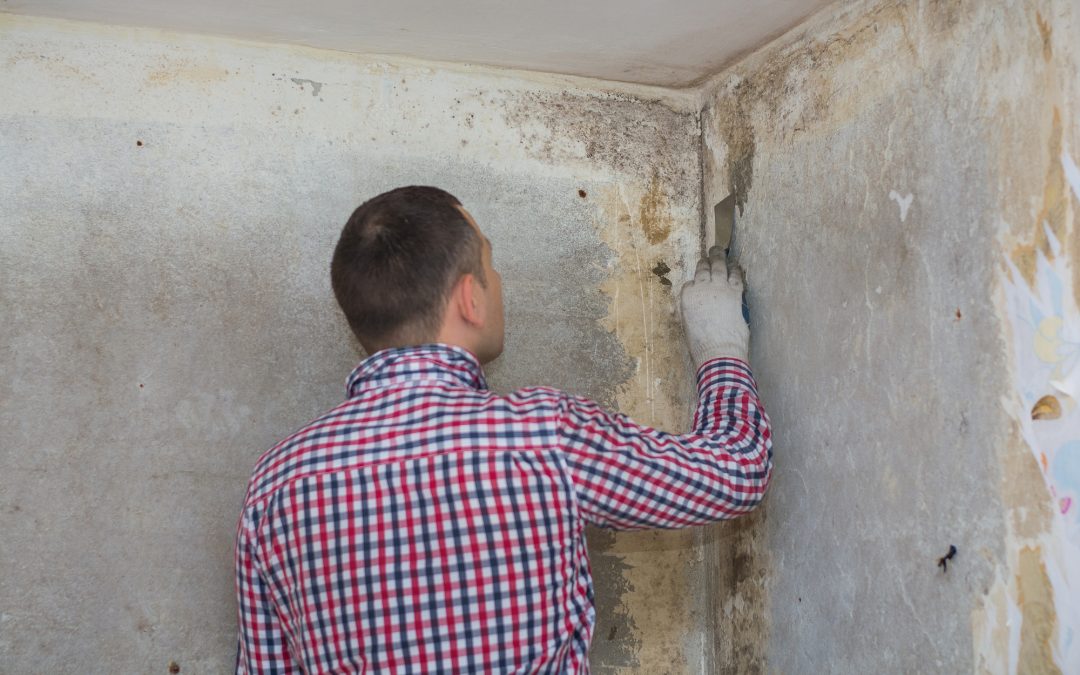Crafting a Detailed Post Mold Remediation Report
Crafting a Detailed Post Mold Remediation Report
Blog Article
Your Ultimate Guide to Message Mold And Mildew Remediation Methods
Browsing the world of post-mold removal strategies is a careful process that requires interest to detail and an extensive understanding of the details entailed. In the aftermath of mold and mildew invasion, understanding how to properly get rid of the mold and mildew and stop its reoccurrence is extremely important for keeping a healthy indoor environment. From selecting the ideal cleaning and disinfecting methods to executing strategies for lasting mold prevention, each step in the removal trip plays an important role in ensuring an effective end result. As we start this exploration of post-mold removal methods, we will reveal the essential techniques and best techniques that can assist you recover your area to its pre-mold problem and protect it versus future mold and mildew hazards.
Recognizing Post-Mold Remediation Process
After completing the mold and mildew removal process, it is essential to understand the post-mold removal techniques that are essential to make certain a extensive and effective clean-up. As soon as the mold has been eliminated, the following action includes cleaning and decontaminating the influenced locations to avoid any type of regrowth of mold. This consists of using specialized cleansing agents to clean down surface areas and kill any type of continuing to be mold spores. It is vital to dry out the area completely to discourage the growth of mold and mildew in the future (Post Mold Remediation). Appropriate air flow and dehumidification can help in this procedure.
Additionally, carrying out a last assessment post-remediation is essential to ensure that all mold and mildew has been efficiently eliminated. This examination must involve a comprehensive visual check along with potentially air tasting to validate the absence of mold and mildew spores airborne. If the assessment discloses any type of remaining mold and mildew, extra remediation may be needed. Informing residents on preventative measures such as controlling moisture levels and without delay dealing with any water leakages can assist preserve a mold-free setting.
Efficient Cleaning Up and Disinfecting Methods

Stopping Future Mold And Mildew Development

Relevance of Proper Ventilation
Proper ventilation plays a critical duty in preventing moisture build-up, a key consider mold development within indoor environments. Reliable ventilation systems assist get rid of excess humidity from the air, decreasing the opportunities of mold spores discovering the moisture they require to germinate and spread out. Without adequate air flow, interior areas can come to be a breeding place for mold and mildew, bring about potential health and wellness risks and architectural damages.
By making sure proper air blood circulation, ventilation systems can additionally help in drying wet locations a lot more promptly after water damage or flooding occurrences, further deterring mold and mildew development. After mold remediation. In areas like shower rooms, kitchens, attics, and basements where wetness degrees often tend to be greater, mounting and maintaining effective air flow systems is essential in stopping mold and mildew invasions

Surveillance and Maintenance Tips
Given the crucial function that correct ventilation plays in avoiding mold growth, it is imperative to establish effective monitoring and maintenance tips to make sure the ongoing functionality of air flow systems. Monitoring moisture degrees within the building is likewise vital, as high moisture can add to mold growth. By remaining mindful and aggressive to the condition of ventilation systems, residential property proprietors can efficiently minimize the threat of mold and mildew regrowth and preserve a healthy interior atmosphere.
Conclusion
In conclusion, post-mold removal strategies are necessary for making sure a tidy and risk-free atmosphere. Comprehending the process, implementing reliable cleansing and disinfecting approaches, protecting against future mold and mildew growth, keeping appropriate ventilation, and normal surveillance are all critical action in the remediation procedure. By complying with these standards, you can effectively get rid of mold and mildew and avoid its return, functioning or promoting a healthy and balanced living area for all occupants.
In the results of mold infestation, recognizing how to properly remove the mold and mildew and avoid its reoccurrence is critical for keeping a healthy interior setting. When the mold and mildew has been gotten rid of, the next action involves cleaning and decontaminating the impacted locations to prevent any type of regrowth of mold and mildew - Post Mold Remediation Report. After getting rid of visible mold and mildew development, it is essential to clean up remove mold smell in auto all surface areas in the affected area to get rid of any kind of remaining mold spores. To additionally enhance mold prevention procedures, it is vital to resolve underlying problems that originally led to mold development.Provided the important duty that proper ventilation plays in stopping mold and mildew development, it is important to establish efficient surveillance and upkeep pointers to ensure the continued functionality of ventilation systems
Report this page